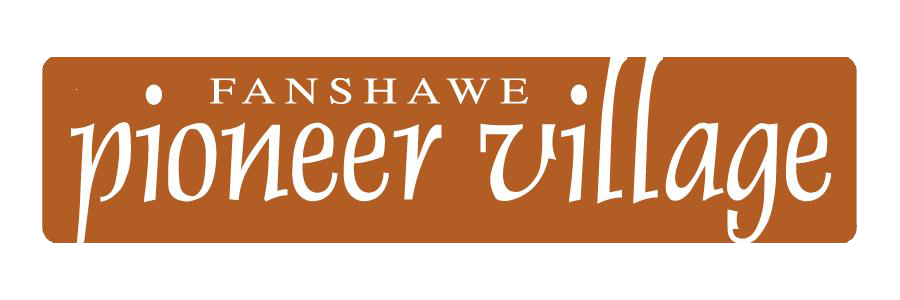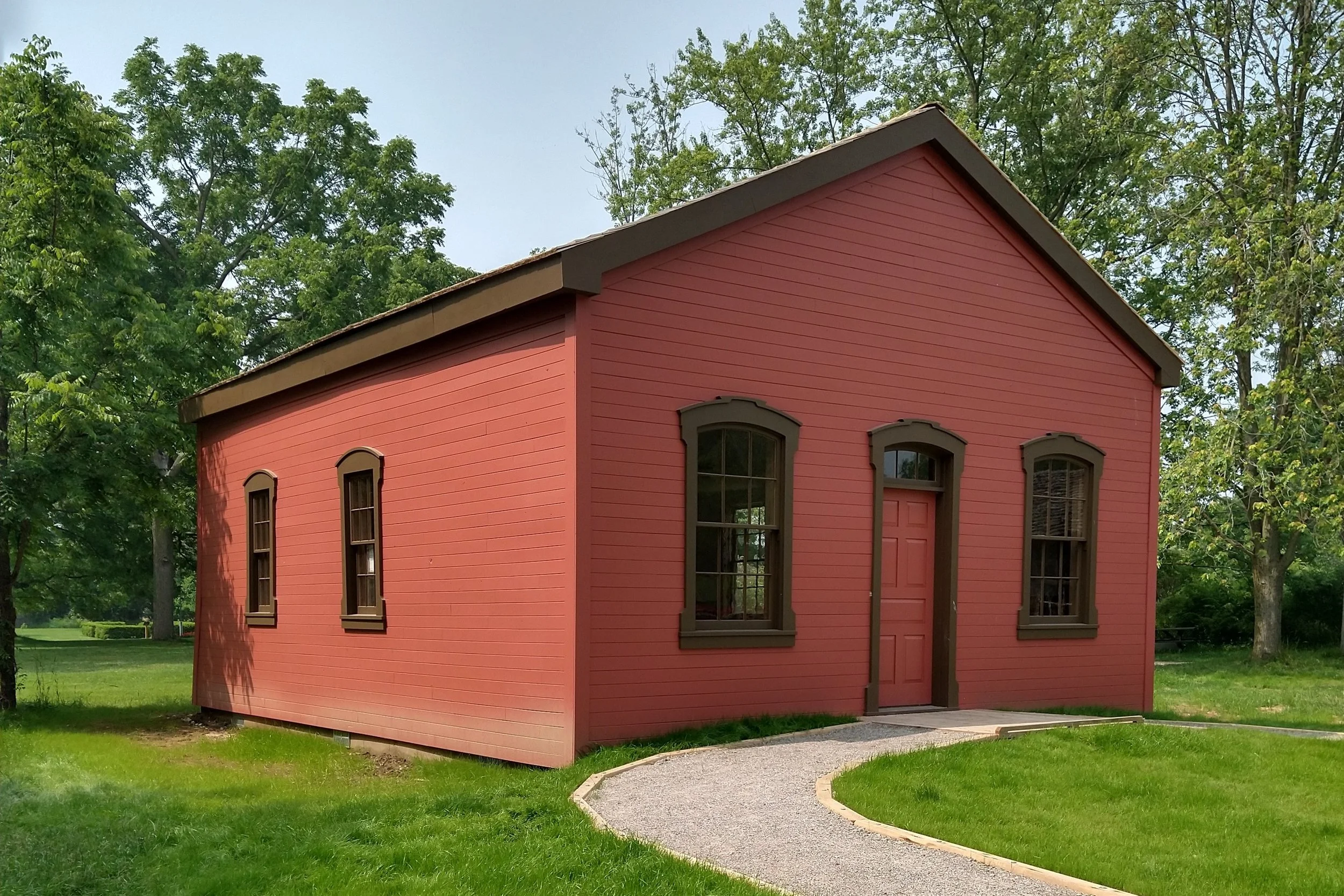African Methodist Episcopal Church
Original Building
Thames Street
London, Ontario
Built 1848
In 1847, land was purchased on Thames Street in London, Canada West (now Ontario) by the African Methodist Episcopal (AME) Church to construct the first Black church in the community. The area where it was built near the Forks of the Thames (Deshkan Ziibi), then referred to as “The Hollow,” was home to a growing Black community, which had established itself here even before London was incorporated as a city in 1855. Now part of the Museum, this historically significant building has been restored to an 1850s era AME Church.
From 1840 until the Church was built, congregants likely met in members’ homes. Between 1848 and 1869, the Church served London’s Black community as a place to gather and worship. It also became a safe haven for many who fled enslavement in the United States by way of the Underground Railroad. In 1856, the AME Church became the British Methodist Episcopal (BME) Church, as a way of creating a distinctly Canadian Conference, separate from their American counterpart.
In 1869, Beth Emanuel BME Church was built at 430 Grey Street to accommodate a larger congregation. At that time the original timber-framed Church on Thames Street was sold and converted into a home. For over 100 years, the original purpose of the structure was largely forgotten, but in 1986 a historic plaque was installed by the London Public Library to denote its significance.
The Chapel’s Journey
By 2014, no longer being used as a home and facing demolition, the building which had become known locally as the “Fugitive Slave Chapel” was moved from its original Thames Street location to the Beth Emanuel Church property on Grey Street, with plans to restore the building for community and educational use. Given the cost to renovate the Chapel, Beth Emanuel found it impossible to support the needs of its community and a full restoration. They approached the London & Middlesex Heritage Museum with an offer to gift the Chapel building for relocation to the Village. Together with a dedicated committee of community partners, and following significant planning and fundraising, the Chapel was relocated to the Museum in late 2022 and fully restored in 2023.
Building restoration supported in part by the Government of Canada – Canada Cultural Spaces Fund, The Chapel Fund - London Community Foundation, City of London, Drewlo Holdings, Ironstone Building Corporation & many community donors.
Further information and resources on the AME Church:
London African Methodist Episcopal Church (PDF) Article by Natasha Henry-Dixon














